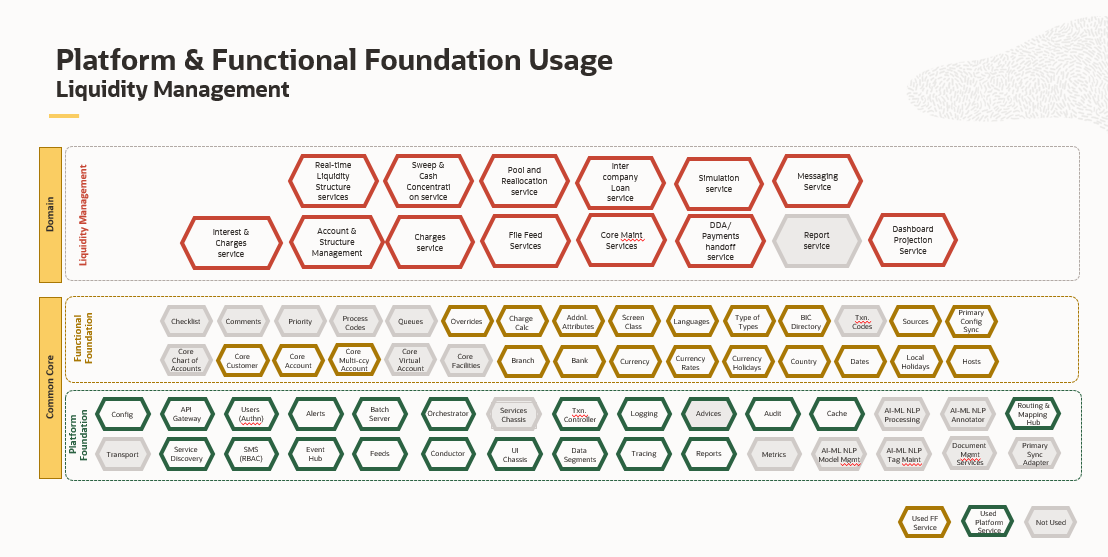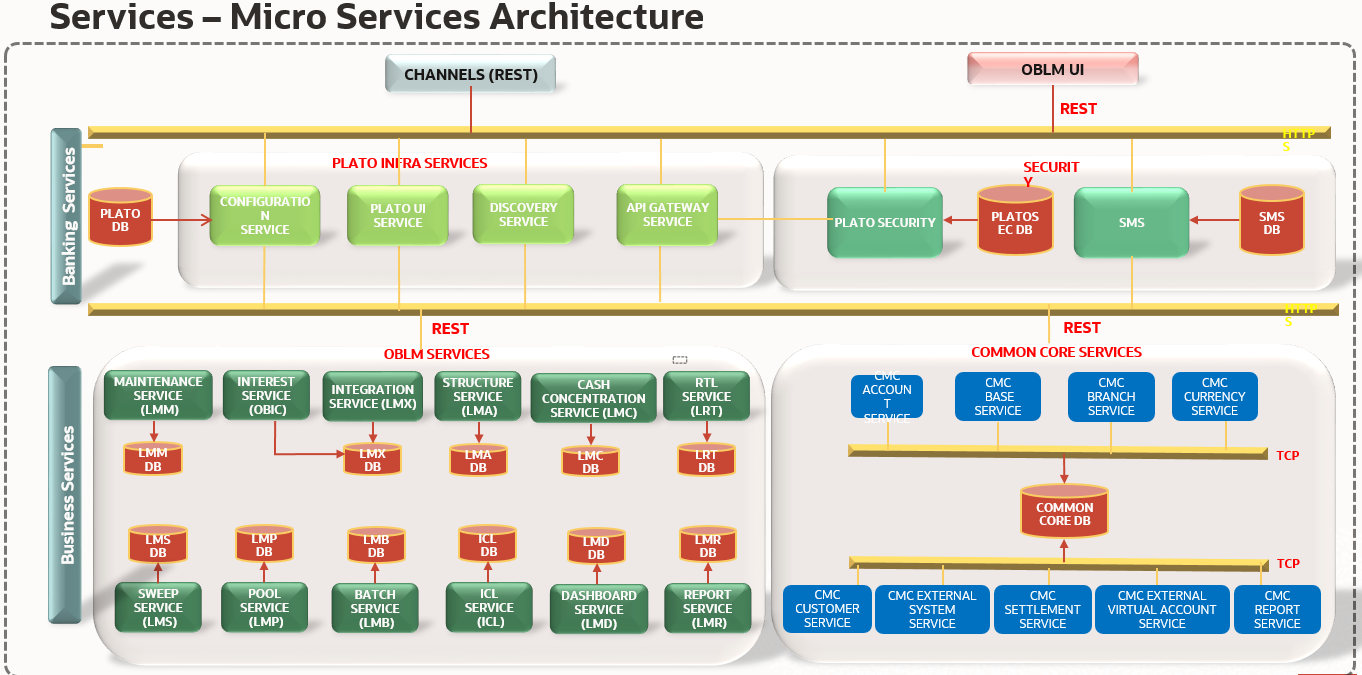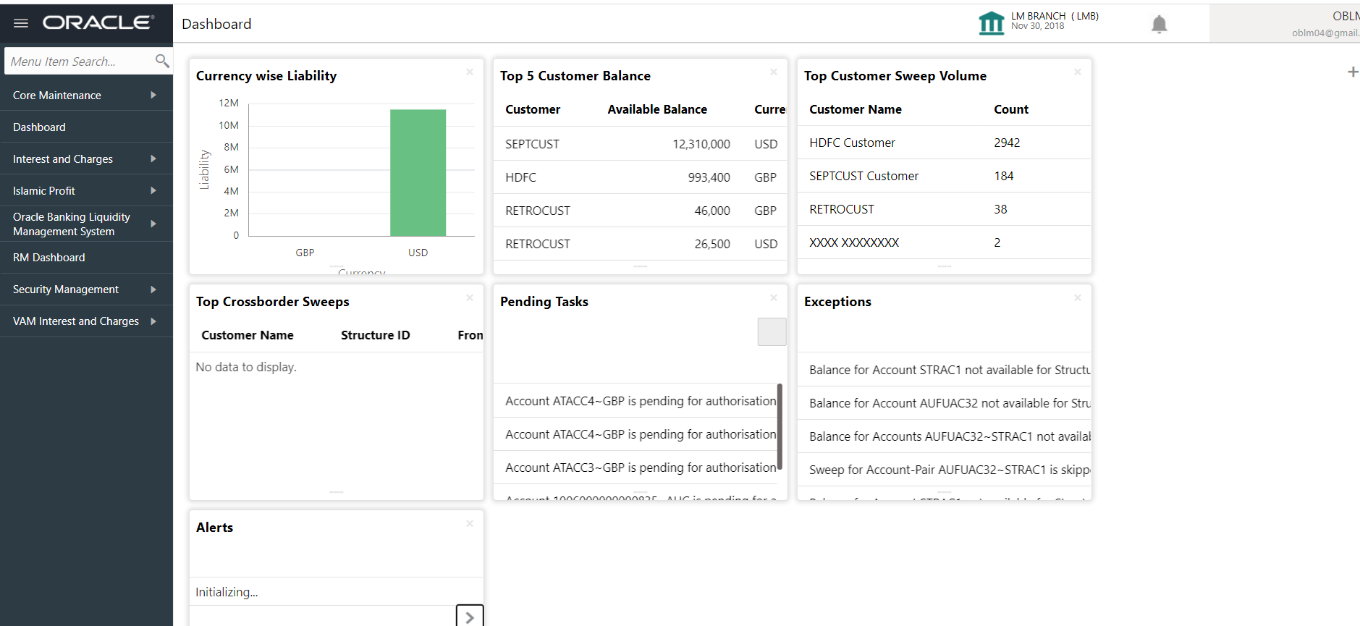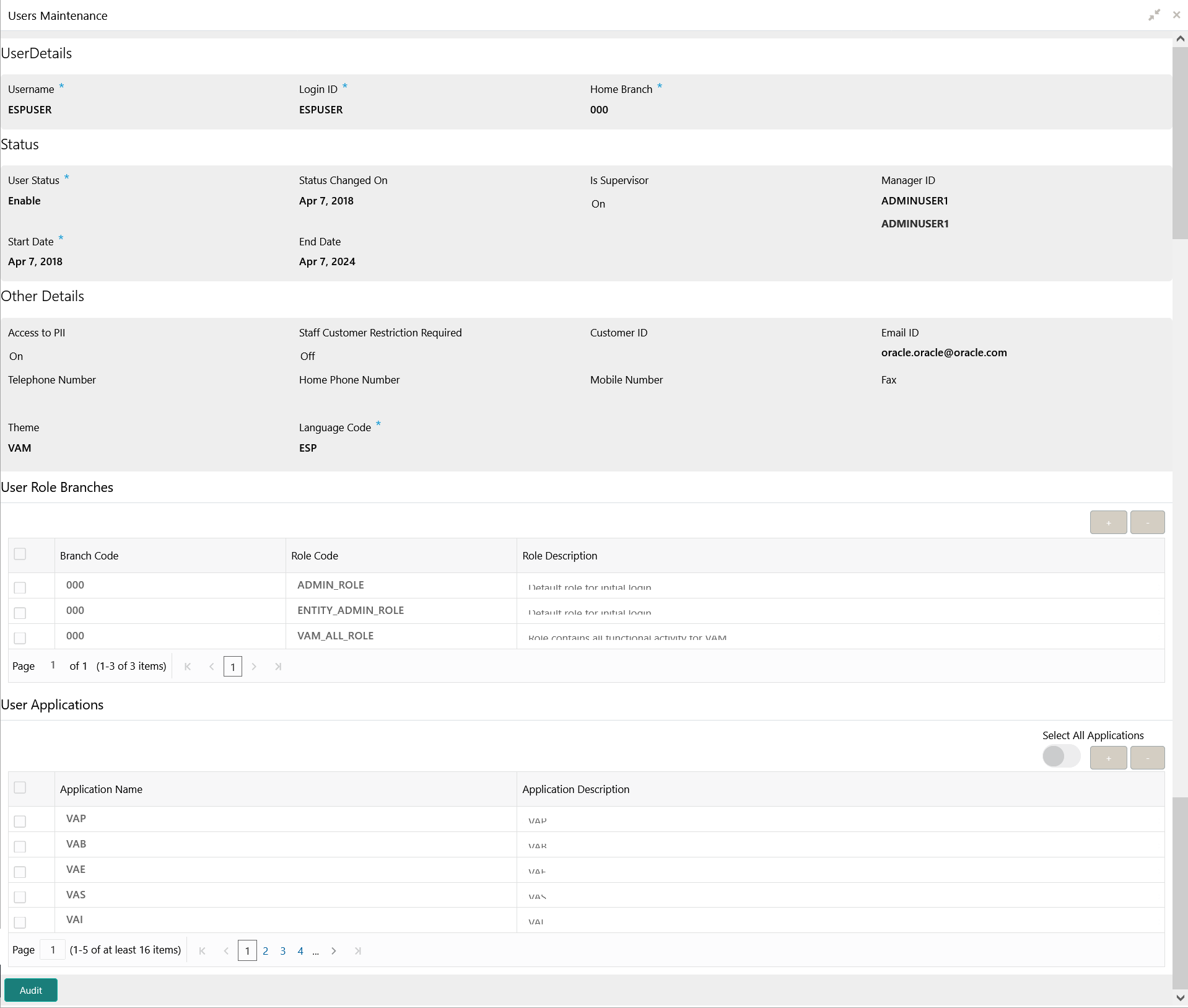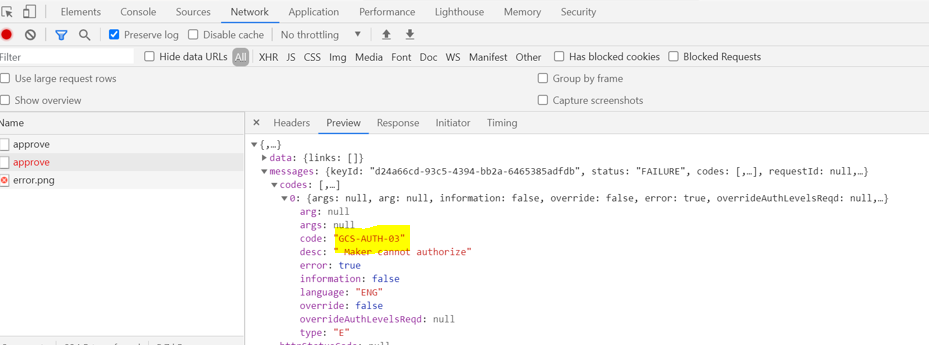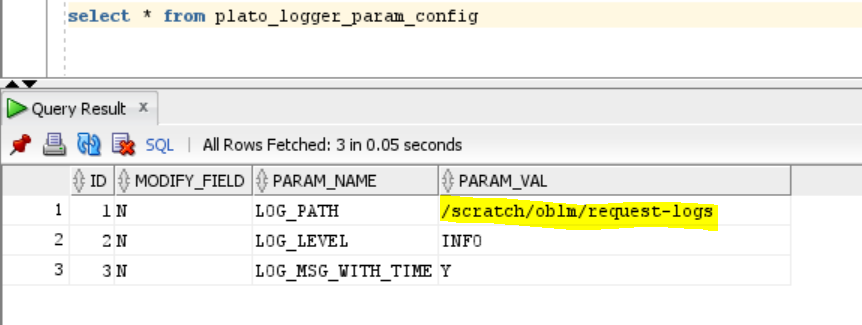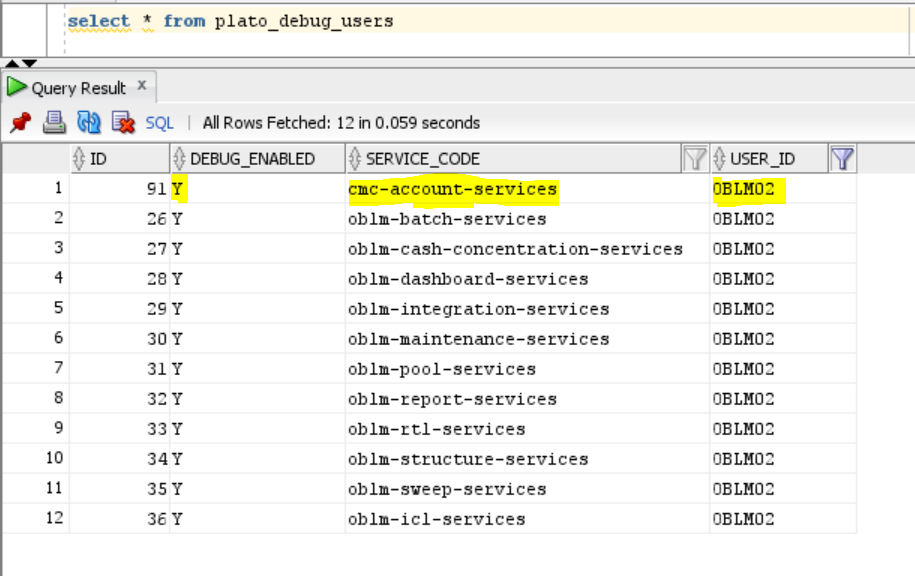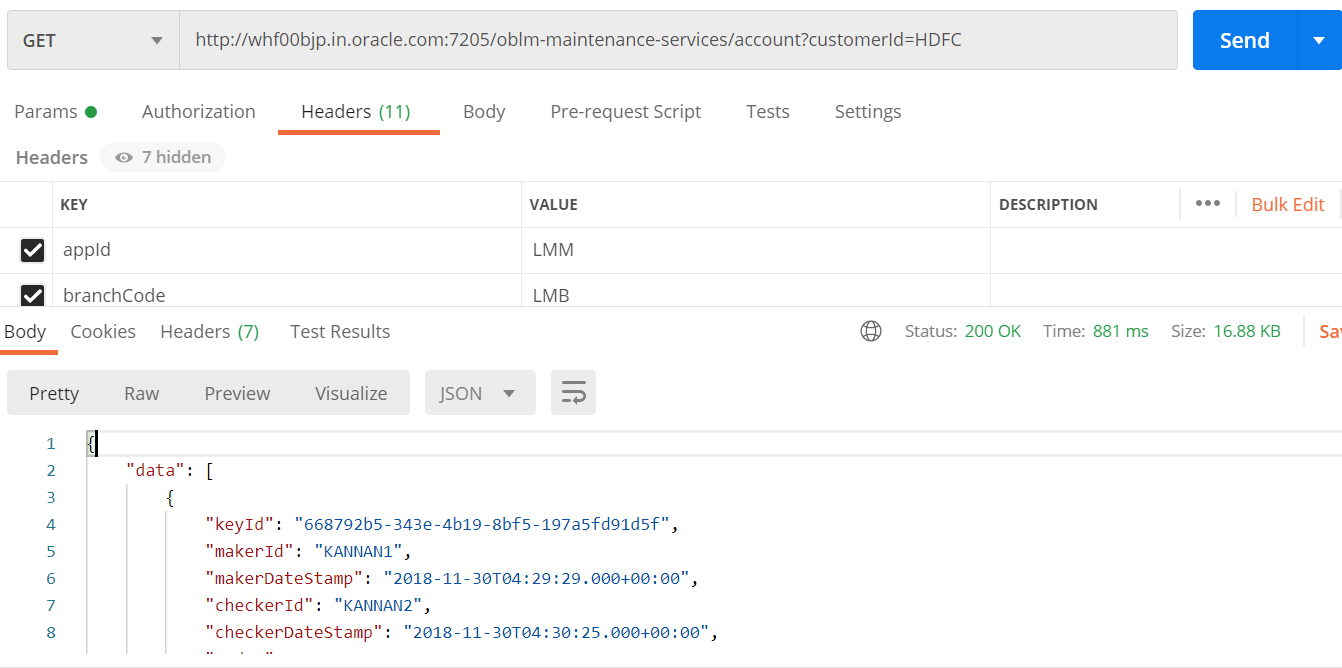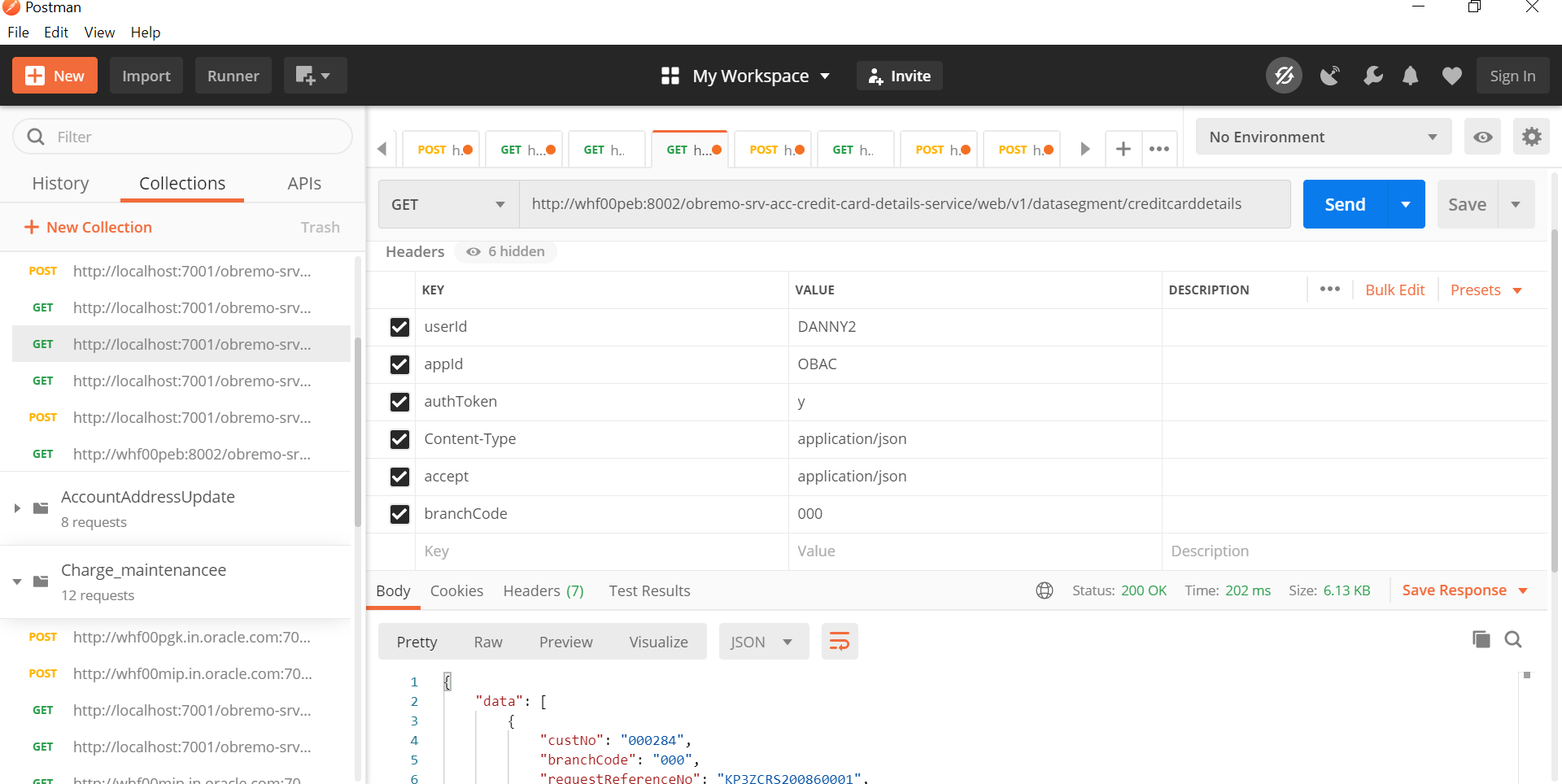4 Troubleshooting Application Workflows
This topic describes the troubleshooting functional workflows applicable to Oracle Banking Liquidity Management.
This topic contains the following subtopics:
- Oracle Banking Liquidity Management – Subdomains List
This topic describes about the Oracle Banking Liquidity Management Subdomains List. - Micro Frontend Architecture
This topic describes about the Micro Frontend Architecture - Payment Service Integration Troubleshooting
The topic describes the possible issues that may occur in payment service integration. - Troubleshooting SMS Errors
This topic describes about Troubleshooting SMS Errors. - Oracle Banking Routing Hub Configuration
This topic describes about Oracle Banking Routing Hub configuration.
4.1 Oracle Banking Liquidity Management – Subdomains List
This topic describes about the Oracle Banking Liquidity Management Subdomains List.
The subdomains of Oracle Banking Liquidity Management are shown below
Figure 4-1 Composition of Oracle Banking Liquidity Management
Parent topic: Troubleshooting Application Workflows
4.2 Micro Frontend Architecture
This topic describes about the Micro Frontend Architecture
Figure 4-2 UI – Micro Frontend Architecture
Figure 4-3 Services – Micro Frontend Architecture
Figure 4-4 Oracle Banking Liquidity Management Dashboard
- User Role
Issues
Role Profile includes access rights to the functional activities that are common to a group of users. A user can be linked to a Role Profile by which you give the user access rights to all the functional activities in the Role Profile.
Only authorized users can access the system with the help of a unique User Login ID and password. The user profile of a user contains the details of the user in four sections - User details, Status, Other details and User role branches.
Note:
Make sure that the required Role and User Applications are mapped to the user.- First level issues
This topic describes the possible issues that may occur during the basic investigation. - Transaction Data Verification
This topic provides the systematic instruction to verify the transaction data.
Parent topic: Troubleshooting Application Workflows
4.2.1 First level issues
This topic describes the possible issues that may occur during the basic investigation.
This topic contains the following subtopics:
- Error Message not shown
This topic describes about Error Message not shown. - Setting Log file path
This topic describes about Setting Log file path. - Dynamic log generation issues
This topic describes about Dynamic log generation issues. - Call is failing in Gateway
This topic describes about Call is failing in Gateway. - Logs are not generated
This topic describes about Logs are not generated. - Code error in GCS side
This topic describes about the error code in GCS Side. - 404 Error
This topic describes about the 404 Error - 500 Internal Error
This topic describes about the 500 Internal Error
Parent topic: Micro Frontend Architecture
4.2.1.1 Error Message not shown
This topic describes about Error Message not shown.
If there are any improper calls, check the ERTB_MSGS table of the respective schema to understand the cause of the error.
- Press F12 to open the Networks.
- Check the error code in the response.
Query: SELECT * FROM ERTB_MSGS WHERE ERR_CODE=’GCS_AUTH-03’
Parent topic: First level issues
4.2.1.2 Setting Log file path
This topic describes about Setting Log file path.
Log generation path needs to be defined in PLATO_LOGGER_PARAM_CONFIG table of PLATO schema.
Parent topic: First level issues
4.2.1.3 Dynamic log generation issues
This topic describes about Dynamic log generation issues.
Query: Select * from PLATO_DEBUG_USERS;
Figure 4-9 Service Logs
Note:
Login to WINSCP and check server logs. Log files for each service will be generated based on the user_id, branch_code and date at the path provided in the plato_logger_param_config tableParent topic: First level issues
4.2.1.4 Call is failing in Gateway
This topic describes about Call is failing in Gateway.
If any API call is failing in Gateway, hit the same API endpoint without passing through api-gateway via the postman.
Note:
Restart the specific services if required.Parent topic: First level issues
4.2.1.5 Logs are not generated
This topic describes about Logs are not generated.
If you are not getting logs, put the loggers across API, hit through postman, and test again.
Parent topic: First level issues
4.2.1.6 Code error in GCS side
This topic describes about the error code in GCS Side.
If there is any error in GCS side codes, use java de-complier to debug the error.
Parent topic: First level issues
4.2.1.7 404 Error
This topic describes about the 404 Error
- Check service is not running on Eureka
- Check if service is deployed in Weblogic
Parent topic: First level issues
4.2.1.8 500 Internal Error
This topic describes about the 500 Internal Error
- Issue with Plato entries
- Issue with Eureka
- Service may not be up
- Issue with any peace of code
The server side debugging is needed for the above-mentioned issues, if it is not captured in logs.
Parent topic: First level issues
4.2.2 Transaction Data Verification
This topic provides the systematic instruction to verify the transaction data.
Follow the best practices mentioned below to avoid getting any errors:
Parent topic: Micro Frontend Architecture
4.3 Payment Service Integration Troubleshooting
The topic describes the possible issues that may occur in payment service integration.
The possible issues and causes are described in the following subtopics:
- Balance Fetch (FCUBS) is failing
This topic describes about the Balance Fetch (FCUBS) is failing. - Accounting call (FCUBS) is failing
This topic describes about the Accounting call (FCUBS) is failing - OBPM call is failing
This topic describes about the OBPM call is failing
Parent topic: Troubleshooting Application Workflows
4.3.1 Balance Fetch (FCUBS) is failing
This topic describes about the Balance Fetch (FCUBS) is failing.
If Balance Fetch call (FCUBS) is failing, check the lmx_tb_messageLlog table for the request and response xml. Execute the following query to verify results:
Figure 4-14 Balance Fetch (FCUBS) is failing
Parent topic: Payment Service Integration Troubleshooting
4.3.2 Accounting call (FCUBS) is failing
This topic describes about the Accounting call (FCUBS) is failing
If accounting call (FCUBS) is failing, check the LMX_TB_MESSAGE_LOG table for the request and response xml. Execute the following query to verify results:
Figure 4-15 Account calling (FCUBS) is failing
Parent topic: Payment Service Integration Troubleshooting
4.3.3 OBPM call is failing
This topic describes about the OBPM call is failing
If OBPM call is failing, check the LMX_TB_MESSAGE_LOG table for the request and response xml. Execute the following query to verify results:
SELECT * FROM LMX_TB_MESSAGE_LOG WHERE EXTSYSLOG_ID IN (SELECT ID FROM LMX_TB_EXTERNAL_SYSTEM_LOG WHERE STRUCTURE_ID = 'ST2021218141725' AND MET
Parent topic: Payment Service Integration Troubleshooting
4.4 Troubleshooting SMS Errors
This topic describes about Troubleshooting SMS Errors.
- Unable to login after launching the application.
- Menus are not displayed after logging in.
Parent topic: Troubleshooting Application Workflows
4.5 Oracle Banking Routing Hub Configuration
This topic describes about Oracle Banking Routing Hub configuration.
Refer to Routing Hub Configuration User Guide for the detailed explanation.
Parent topic: Troubleshooting Application Workflows
